Lithium
100x66cm
Laminage et cadre aluminium
–
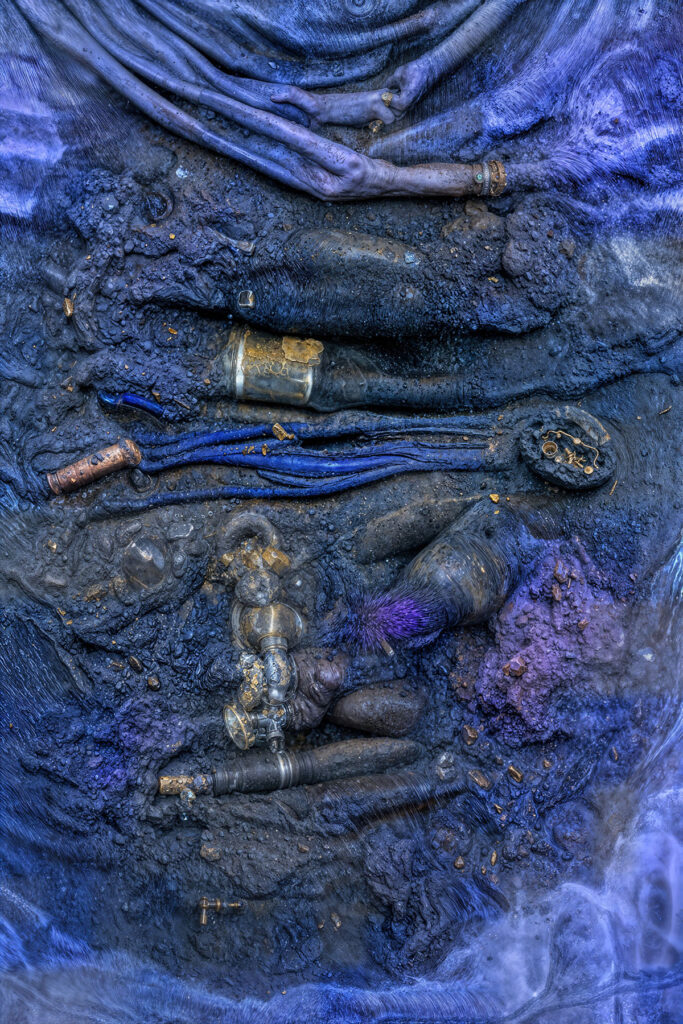
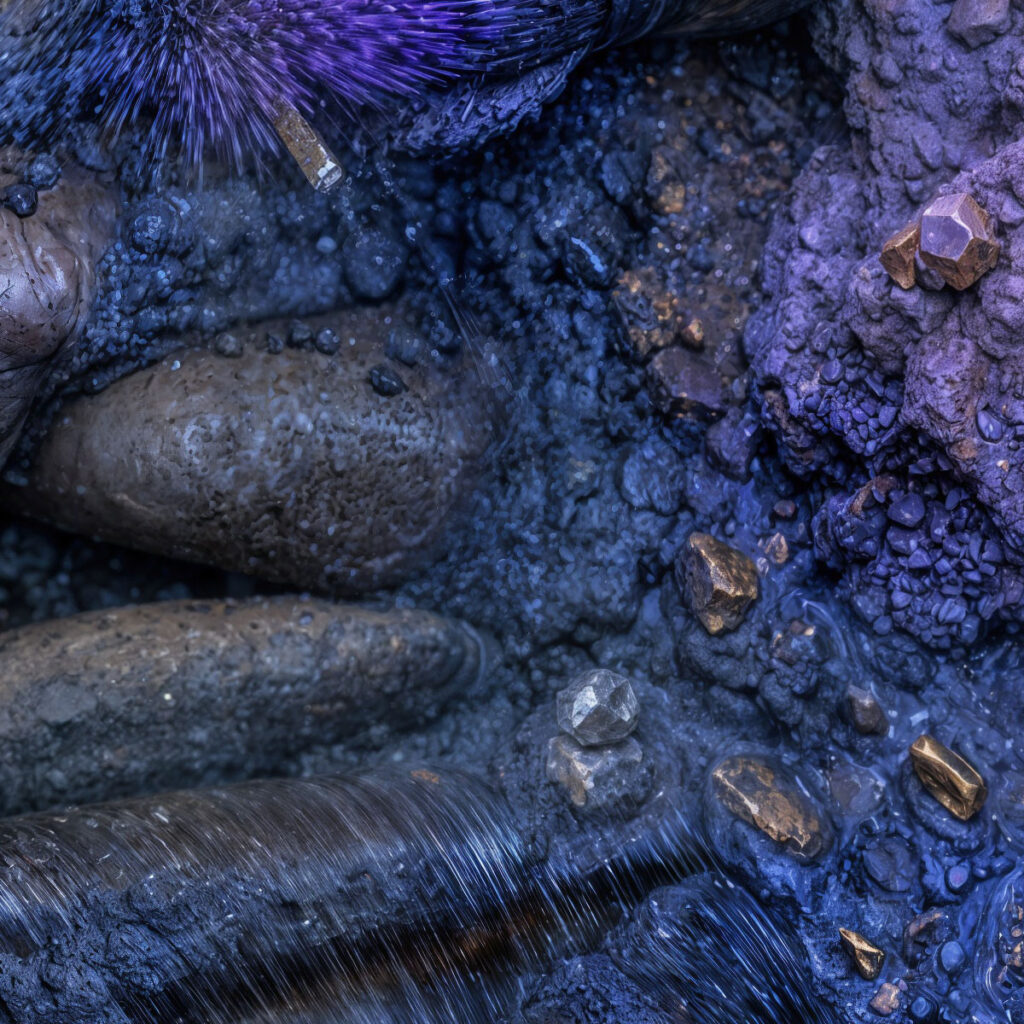
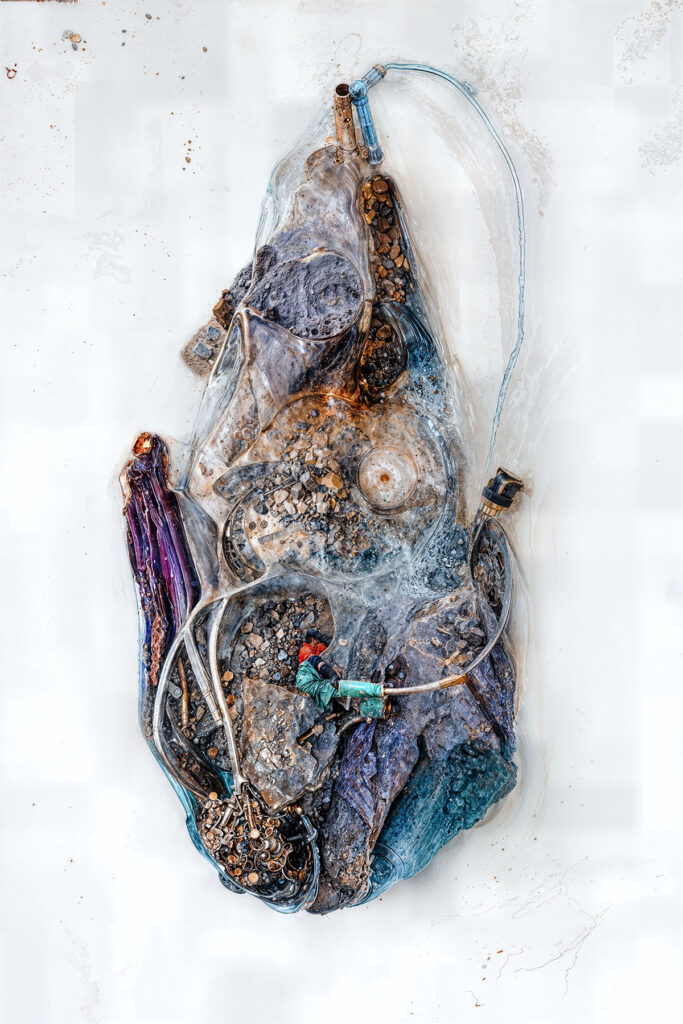
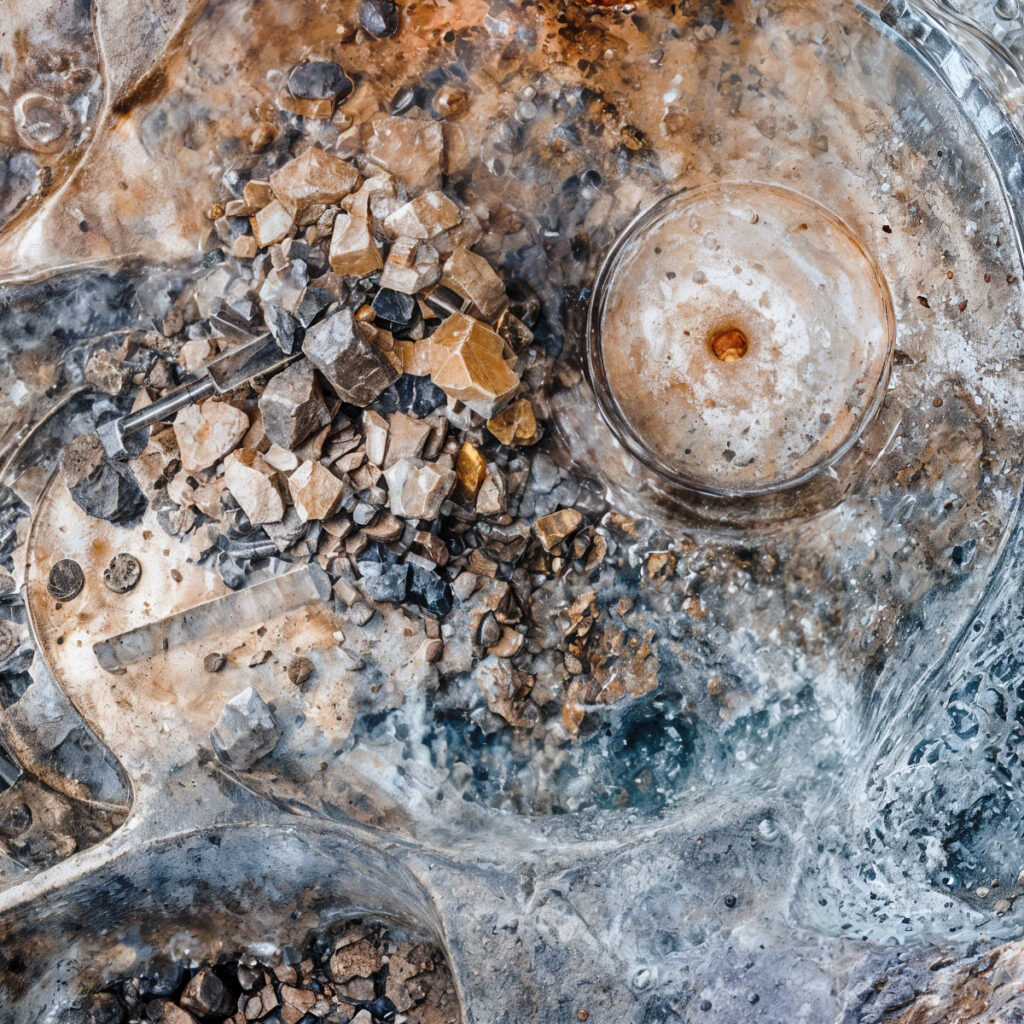
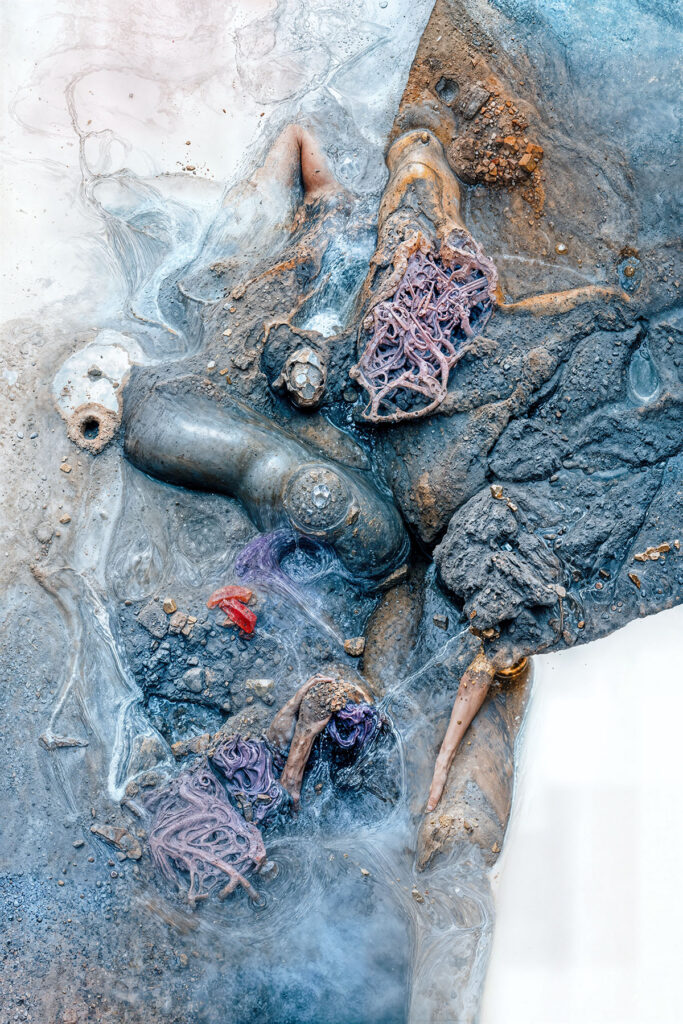
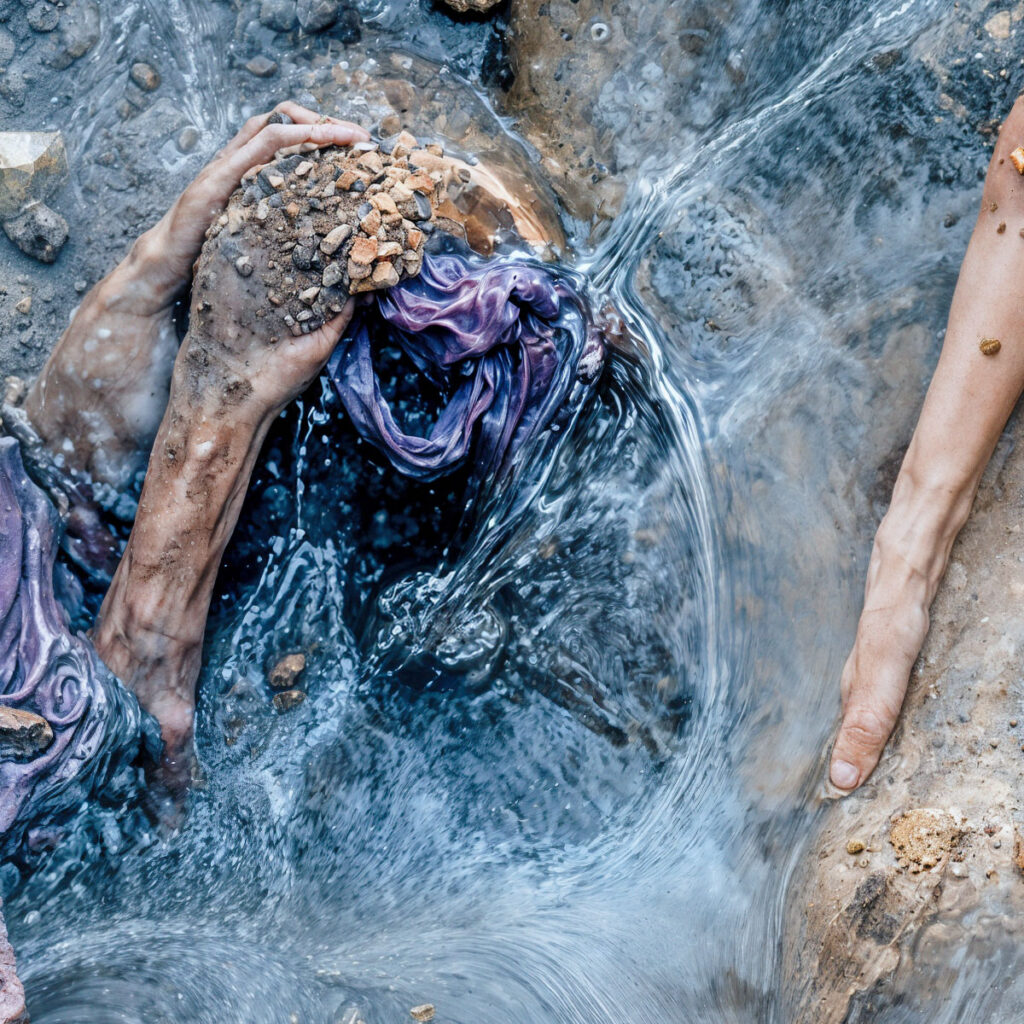

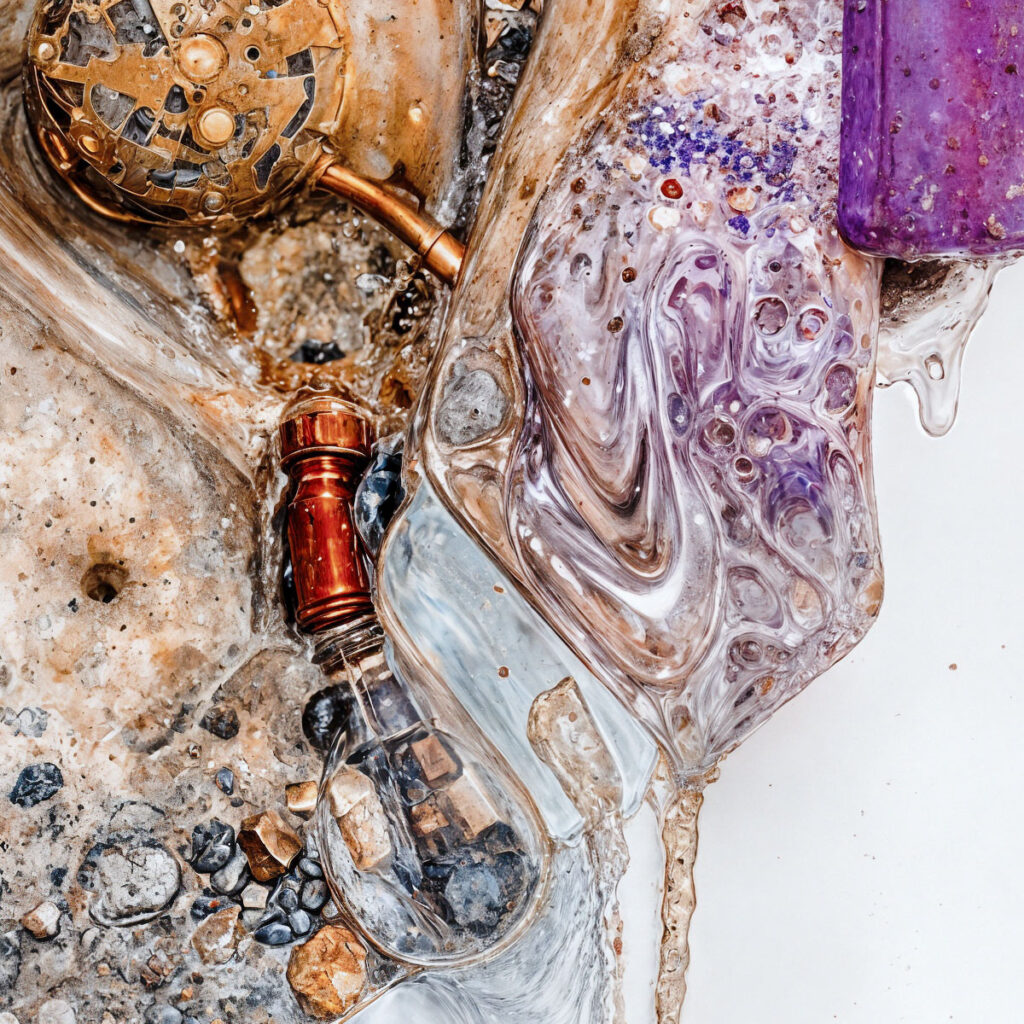


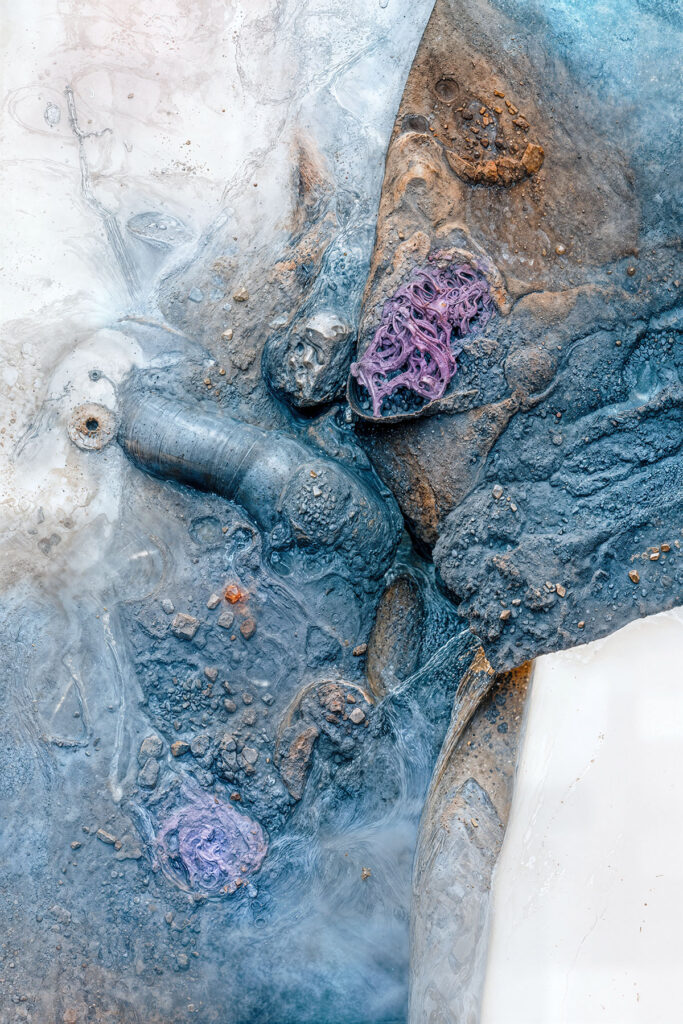
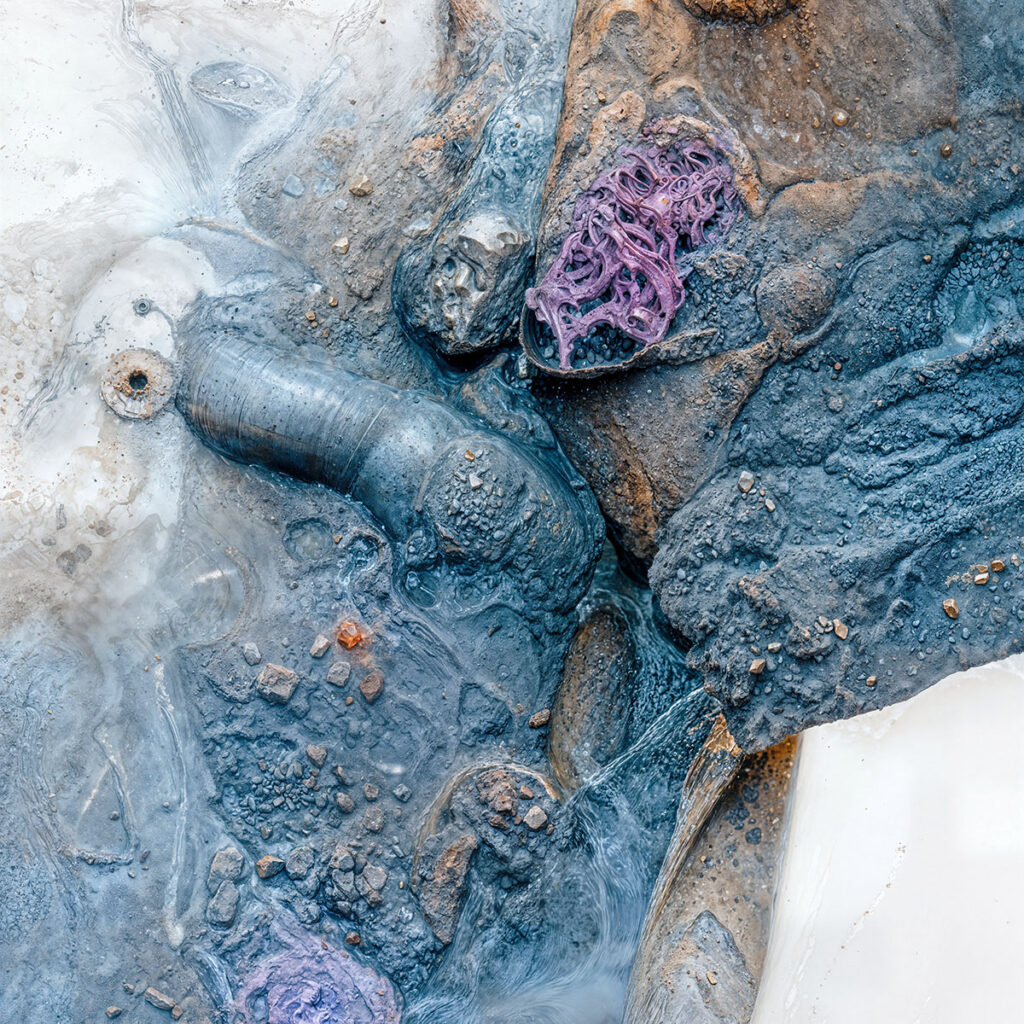
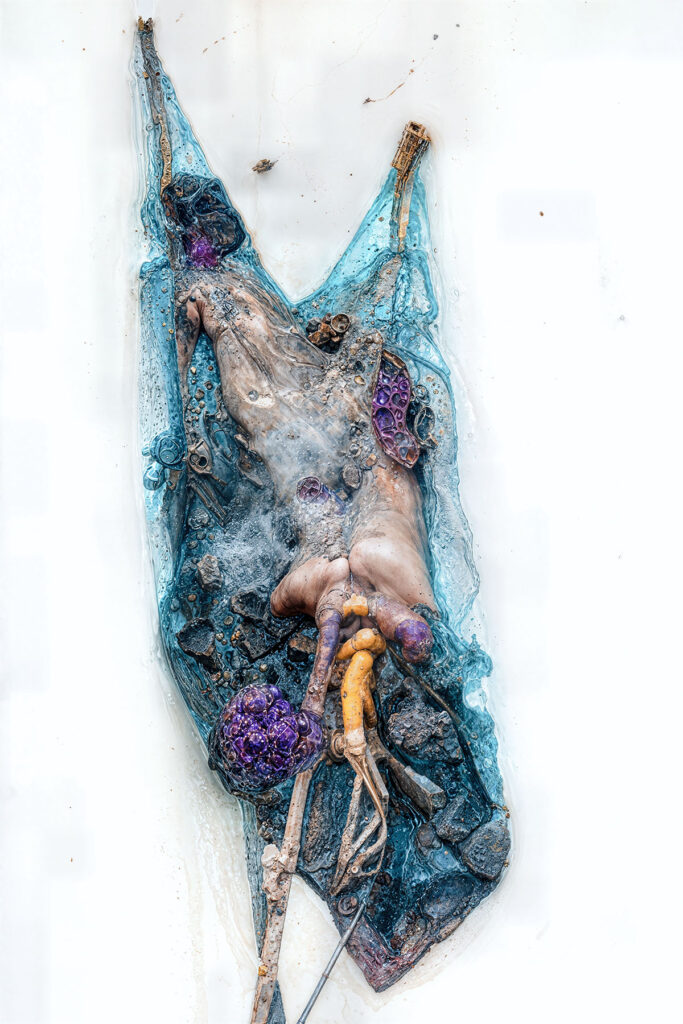
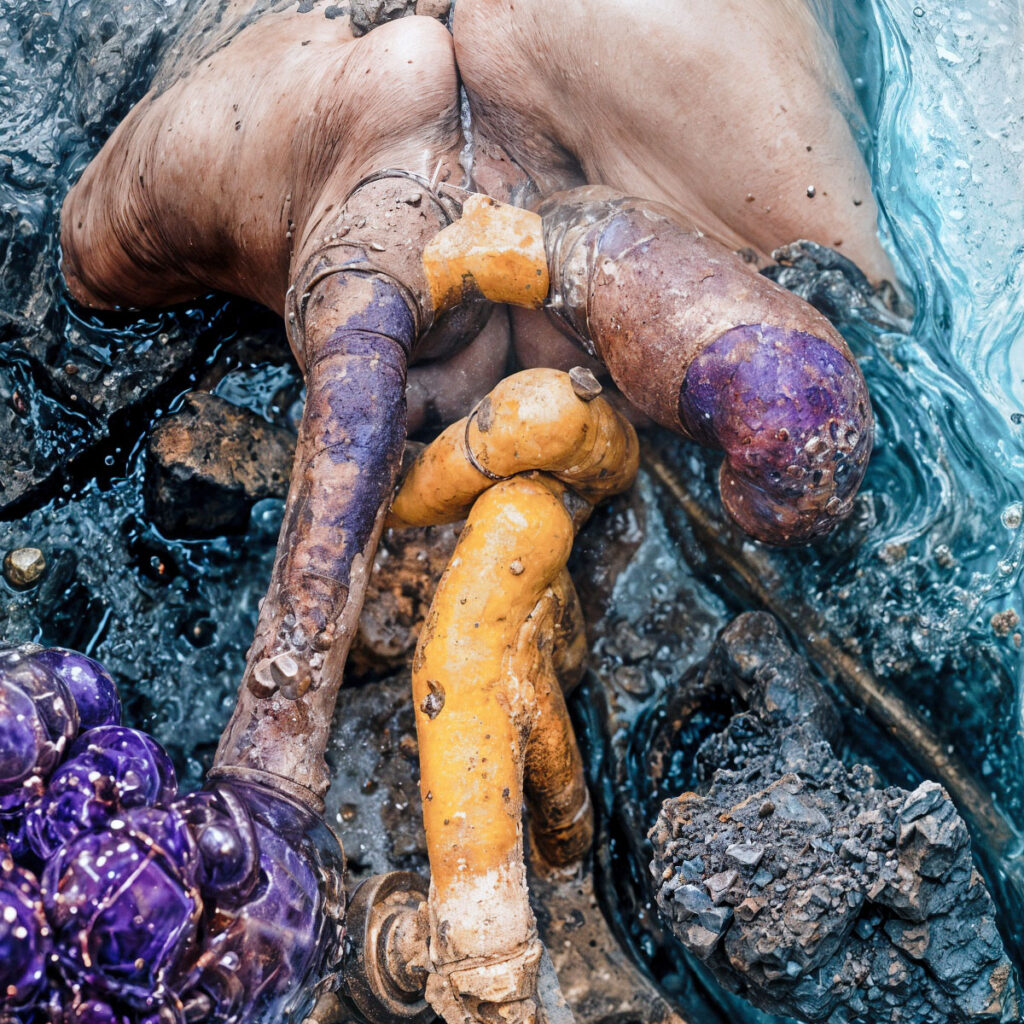
Le lithium est un métal alcalin qui s’oxyde rapidement au contact de l’air et de l’eau et qui est l’élément solide le plus léger. Il est utilisé depuis le XIXe siècle pour le traitement de l’humeur, en particulier selon la dénomination actuelle la bipolarité, pour la production du tritium nécessaire à la bombe H et pour les batteries rechargeables.
Ces différents usages tant techniques que psychiques font que les machines et les êtres humains sont dépendants des mêmes matériaux, produisant l’image d’un monde hybride et inextricable où les troubles mentaux et la dévastation entretiennent des liens matériels.
Des images de lithium et des mines d’extraction en Bolivie, Argentine et Chili, sont introduites dans un réseau de neurones et associés à des mots-clés provenant de description d’états bipolaires. Le réseau cherche alors dans le bruit de l’image à faire émerger des formes qui représentent ces mots. Le lithium est ici transmuté, comme s’il était à même d’exprimer, d’incarner et de traduire ces états psychiques humains, produisant une zone indiscernable qui est au cœur de l’écart entre l’intériorité psychique et l’extériorité des ressources.
–
Lithium is an alkaline metal that oxidizes rapidly in contact with air and water and is the lightest solid element. It has been used since the 19th century for the treatment of moods, in particular according to the current name of bipolarity, for the production of tritium necessary for the H-bomb and for rechargeable batteries.
These different technical and psychic uses make machines and human beings dependent on the same materials, producing the image of a hybrid and inextricable world where mental disorders and devastation have material links.
Images of lithium and its extraction in Bolivia, Argentina and Chile are fed into a neural network and associated with keywords from descriptions of bipolar states. The network then searches through the noise of the image to bring out shapes that represent these words. Lithium is transmuted here, as if it were able to express, embody and translate these human psychic states, producing an indiscernible zone that is at the heart of the gap between psychic interiority and the exteriority of resources.
–
Dans le cadre d’une résidence de recherche-création « Politiques de la Terre » à l’Institut pour la Photographie de Lille.
